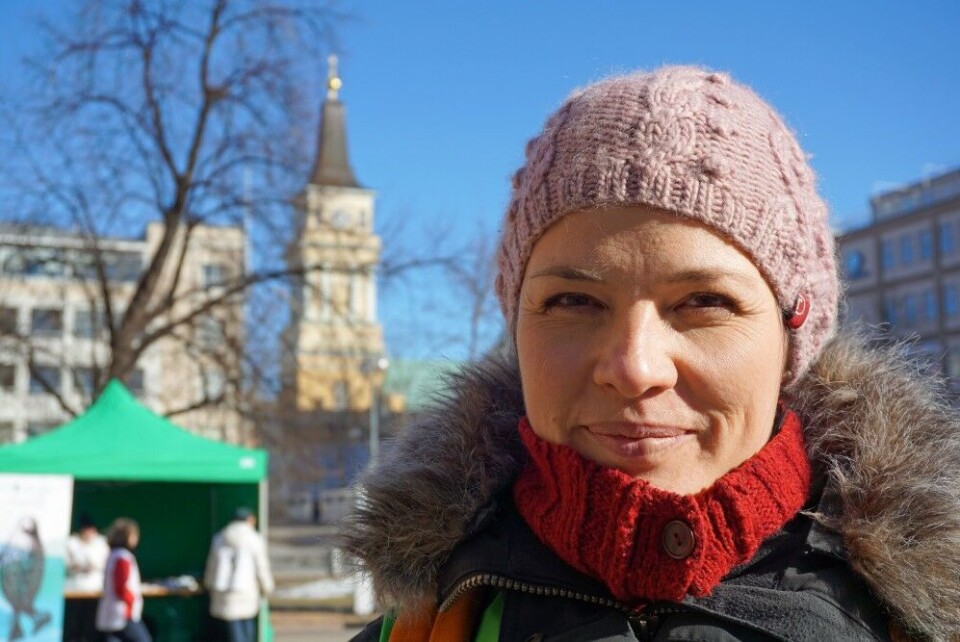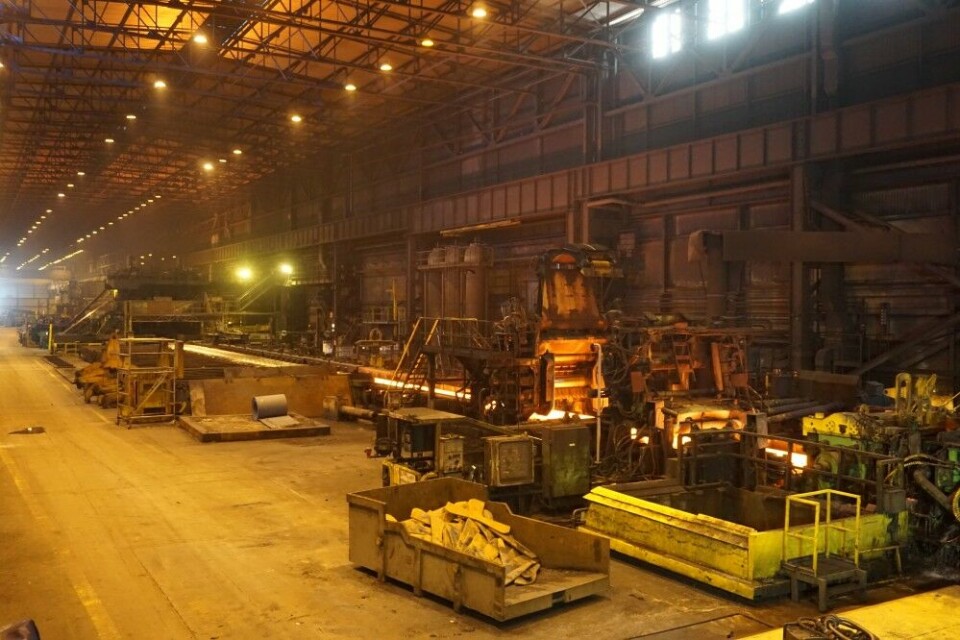
Finland to boost nuclear power with cash and technology from Russia
Parliament Member Hanna Halmeenpää is not confident that Fennovoima's Russian designed reactor will provide stable electricity prices for a 60 years period.
”Construction of the actual nuclear power plant at Hanhikivi Peninsula will start in 2018, after the Finnish Government has granted the construction license,” informs Heli Nikula, Communication Manager in an email to the Barents Observer.
Hanhikivi-1 nuclear power plant is due to provide Finland with about 10 per cent of its electricity when operation starts in 2024. The first trees are already cut down at what will be the construction site south of Oulu in northern Finland.
With an estimated price tag of €6,5 to 7 billion, the project is by far the most expensive single industrial investment ever made in the Barents Region.
“Cost price to owners”
“To me it seems very unlikely that Fennovoima’s nuclear power will be economic. The shareholders should be worried about this, especially because Fennovoima promises its owners low cost electricity based on €50/MWh,” argues Hanna Hameenpää, representing Finland’s Green Party in the Parliament.
Heli Nikula says the €50/MWh is a maximum price. “Over time, the price will typical fall.”
Fennovoima will sell all the electricity it produces at cost to its owners in proportion to their shareholdings.
“The operating life of the Hanhikivi 1 power plant is 60 years. No one can give a reliable prediction of electricity’s market price for that time. Fennovoima’s owners need electricity at a reasonable and stable price; the long operating life makes it easier to forecast the costs of producing electricity for decades to come,” adds Heli Nikula.
He says the price includes all operational costs including fuel and nuclear waste management.
34 per cent Russian owned
Fennovoima’s Russian state-own shareholder Rosatom will supply both the 1,200 MW water-cooled reactor and the assemblies with uranium during operation lifetime. Rosatom’s Finnish subsidiary RAOS Voima owns 34 per cent of the shares Different Finnish energy and industrial enterprises own the rest.

Communication Manager Heli Nikula argues Russian participation in the project helps avoid cost overruns like facing the 3rd reactor currently under construction at Olkiluoto nuclear power plant further south on Finland’s west coast. Current start-up schedule for that reactor is now 2018, eight years delayed and at a cost of about €8,5 billion, almost three times the original price of €3 billion.
“Fennovoima has a fixed price, turnkey contract with the plant supplier, RAOS Project Oy, which is a Finnish subsidiary of Rusatom Energy International, Nikula explains.
Uncertainty on price for waste disposal
Hanna Halmeenpää believes the cost estimates are far from realistic.
“For instance, they have probably not calculated any costs for the possibility where Fennovoima should build its own storage for highly radioactive waste.”
Fennovoima is currently negotiating a deal with Posiva, a company owned by Finland’s two other nuclear power plants responsible for final disposal of spent nuclear fuel. If no deal is agreed, Fennovoima will have to present an environmental risk assessment study for creating its own repository.
Exporting spent nuclear fuel back to Russia’s for reprocessing was banned by law in Finland in 1994.
Construction license still pending
Halmeenpää says further cost overruns could come, as Fennovoima hasn’t even submitted all demanded technical documents to STUK, Finland’s Radiation and Nuclear Safety Authority.
“Before that, officials can’t start to evaluate and consider Fennovoima’s application for a construction license.”
“Construction will start in 2018,” assures Heli Nikula. He, however, admits a favourable statement from STUK is a prerequisite for receiving a construction license.
“Of course, it’s on our responsibility to submit the needed documentation in time,” Nikula adds.
Over the last few years, about 20 per cent of Finland’s electricity consumption are imported. In periods, two-thirds of the import is from Russia, including electricity from both the Kola nuclear power plant and Leningrad nuclear power plant.
Price of power on the Nordic electricity pool has plummeted over the last year and costs of installing renewable energy like wind and solar drops significantly.
















